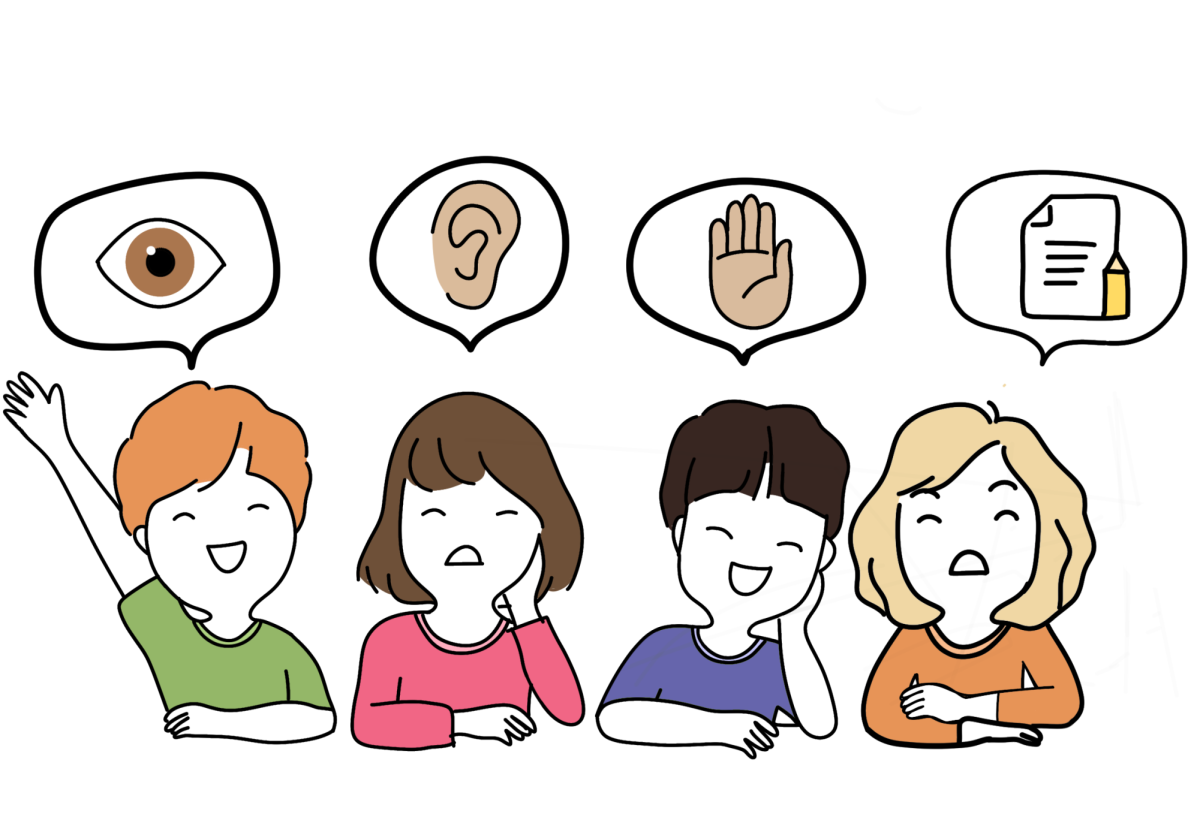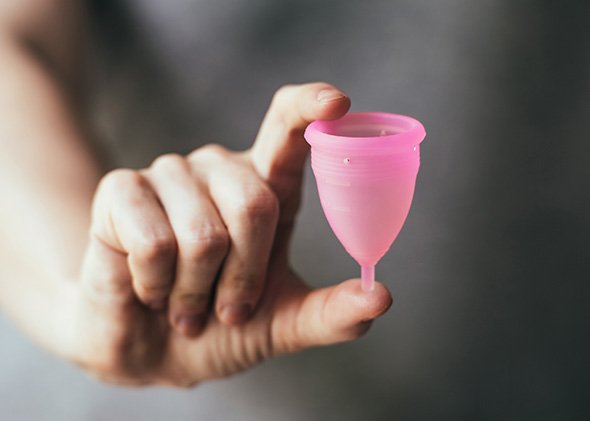By Katie Lan, guest writer
It seems a bit troubling to me that menstruation and the use of feminine hygiene products is still overcasted by stigmatized notions of secrecy. It has become almost an archaic taboo at this point, and it’s important that we work to change this detrimental period norm. Because periods have been blacklisted from common conversation, many people don’t know what a menstrual cup is or why it is a big step forward towards environmental progress. A menstrual cup is a reusable silicone cup that you can insert like a tampon during periods. It acts with a suction, simultaneously collecting blood and blocking leakage.
Every woman should consider purchasing a menstrual cup and to wear it proudly. The personal benefits are endless, including its practicability and affordability, but the message it sends out is also incredibly resounding: periods are nothing to be ashamed of, and menstruation is a perfectly comfortable bodily function. Menstrual cups, more than anything else seem to open up discussion about sustainable practices to period management and diverges away from the idea that periods are wasteful. In other words, there are so many ways we relegate periods and menstrual cups alleviate some of the more negative norms attached to periods by eliminating many burdens attached to the use of pads and tampons.
To start off, menstrual cups are incredibly practical. Typically, with a light flow, the cup only needs to be removed and reinserted once during the morning and once before bed. Say goodbye to shuffling around in your bag for tampons and pads during class! While leaving a foreign object in your body might be an activity you want to opt out of, consider this: tampons require insertion as well, but instead use bleached cotton with undisclosed chemicals. Reproductive health is critical, and menstrual cups are made out of medical grade silicon. To put simply, they are perfectly safe, and unlike tampons, poses no threats of toxic shock syndrome. Visually and chemically speaking, it is completely transparent and it is something you should feel comfortable with in your body.
On average, a woman will typically spend around $60 on tampons or pads a year. Like many gendered products designed and marketed exclusively towards women, the expenses are unnecessary. A menstrual cup costs around $30 to $40, and with consistent care and maintenance, it can last up to a decade. Within half a year, the savings accumulated can go to a personal period coping fund or be donated to communities in developing countries that lack reproductive education.
Along the same lines, the most compelling reason, and ultimately the reason why I became a menstrual cup convert is the environmental benefits offered. If you use a box of tampons per cycle, and you have 12 cycles per year, and you menstruate for a good 30 to 40 years, you’ll be contributing largely to the landfill. This waste can neither be recycled or composted, and it ends up lurking in landfills or being incinerated. Feminine hygienic products are such an easy source of waste to eliminate, and menstrual cups just pose one option.
It’s definitely an odd concept to grapple with, but one that definitely should be explored. The most important thing is to be comfortable with your body and all of its functions, and menstrual cups are a step towards loving yourself and helping the environment around you.


































